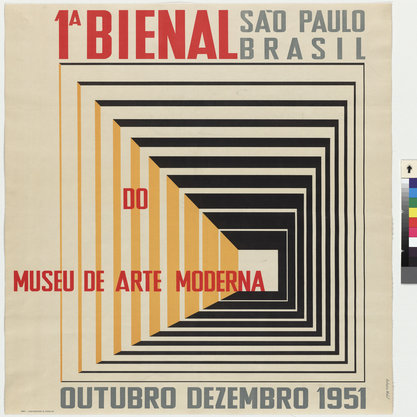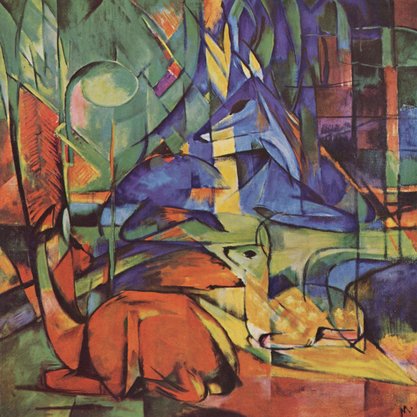Article
Ruiz, Antonio (1897–1964) By Caplow, Deborah
Article
Antonio Ruiz, also known as El Corzo or El Corcito after a famous Spanish bullfighter, was primarily an easel painter from the 1920s to the 1950s. His small, jewel-like paintings, finely executed in a naïve style, show influences from Surrealism, Northern Renaissance painting, New Objectivity, and Mexican folk art. For his subjects, Ruiz drew from Mexican history and politics as well as everyday Mexican life, but he often added a magical realist twist to his images. He produced very little, about four paintings per year, and sold only three works during his lifetime. A number of his paintings are now in the Museo de la Secretaría de Hacienda y Crédito Público (Museum of Ministry of Finance and Public Credit). His paintings are often satirical scenes of daily life in Mexico, sometimes with dreamlike elements, absurd juxtapositions and incongruous proportions that ally them with Surrealism. His most well-known work, El sueño de La Malinche (The Dream of La Malinche), of 1939, portrays the indigenous woman who acted as translator for Hernán Cortez and bore him a child; in this image Ruiz makes a clear reference to the Conquest of Mexico and expresses his awareness of the complexity of Mexico’s history.


